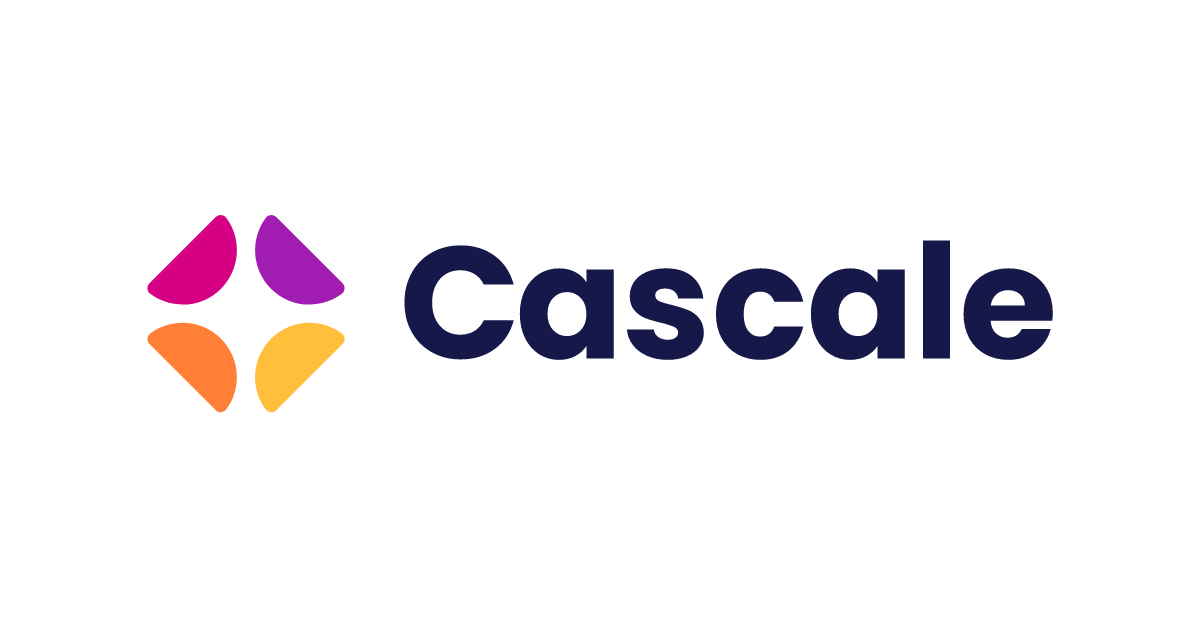Sustainable Apparel Coalition Presents on “Unlocking the Power of Packaging”

Lee Green, the SAC’s Senior Director of Marketing & Communications, recently presented on intersection between emerging policies and packaging at the “Unlocking the Power of Packaging: From Supply Chain Efficiency to Improved Sustainability” dinner hosted by Billerud, a paper and packaging materials company based in Sweden. The presentation also included remarks from the company’s Business Relationship Manager, Adam Sarama, and Global Commercial Director, Robert Testa, as well as a case study in packaging optimization presented by Maja Midebo, Senior Packaging Designer, and Johan Matsson, Manager of the EMEA & US Account Management Team, followed by interactive roundtable discussions.
Green began his presentation with the caveat that, when it comes to packaging and policy, the SAC’s Higg tools should not be seen as compliance checklists. The tools, which measure and score a company’s sustainability performance, should instead be seen as analytical frameworks, designed to provide actionable insights for continuous improvement on sustainable practices across the supply chain — including packaging. “Imagine you're a sailor navigating treacherous waters without a compass — that's what sustainability efforts are like without the Higg Index,” Green said. “The Higg tools provide a high-resolution map of your environmental and social impacts, helping to guide the journey toward sustainability. They’re more than tools; they’re your sustainability North Star.”
With that idea in mind, Green shared that the Higg Product Module (PM) does request information on packaging — its materials, reusability, and overall lifecycle — which can aid in determining a product's overall environmental footprint. SAC Member brands like ALDO used the Higg PM to help commit to reducing the environmental impact of packaging through the use of post-consumer recycled materials in mailers, redesigning shoeboxes with handles to eliminate the need for additional bags, and utilizing 100% recycled materials for e-commerce shipping bags; similarly, Nike used analysis from the PM in developing its One Box packaging concept, which ships shoes in a shoebox, eliminating the need for an additional outer box and reducing packaging waste by 50%, bringing the company closer to its target of cutting waste by 10% per unit by 2025. However, Green emphasized that the tool generates analysis, rather than a compliance checklist. “While it can indicate whether your packaging strategy aligns with your sustainability goals, the Higg PM does not provide a roadmap to phase out, for example, single-use plastics,” he said. “Those initiatives need to be separately formulated, often requiring in-depth lifecycle assessments and material flow analyses.”
Green noted that the SAC’s view on regulations is that more stringent regulations can incentivize collective action. “While regulations can be seen as challenges,” he said, “We see them as opportunities — a catalyst for change. They demand that industry leaders embrace sustainable innovation, which leads to collective action, which is critical to the SAC’s mission of transforming the global consumer goods industry into one that gives more than it takes — to the planet and its people.”
As Green shared, the evolution of this idea is that out of collective action comes an ethos of shared responsibility and innovation. When it comes to packaging, Green said, “Regulations might set the rules, but they also open up a realm of possibilities for sustainable advancements in material science, design, and circular economy models related to packaging. This is where your expertise and willingness to collaborate can create industry-transforming solutions.”
Green shared how the SAC’s collective action mandate focuses on impact, not just compliance, helping members to understand regulations and their business impacts. And he described how the Higg Index tools and frameworks go beyond minimum requirements, helping members contribute positively to societal and environmental changes and providing a space where companies can collaborate and pool resources.
Finally, he closed by describing how the SAC is in a state of evolution, moving from isolated tools to holistic programs that address sustainability at scale, built on pillars like combating climate change, ensuring decent work, and creating a nature-positive future — which are all extremely relevant to packaging, given its flow in product lifecycle and waste management. “Data isn't just a tool; it's a compass,” Green said. “It directs us towards actionable goals and validates our journey, allowing us to participate constructively in policy dialogues and to fine-tune our practices to meet and exceed regulatory guidelines — making systemic change not just possible but inevitable.”

